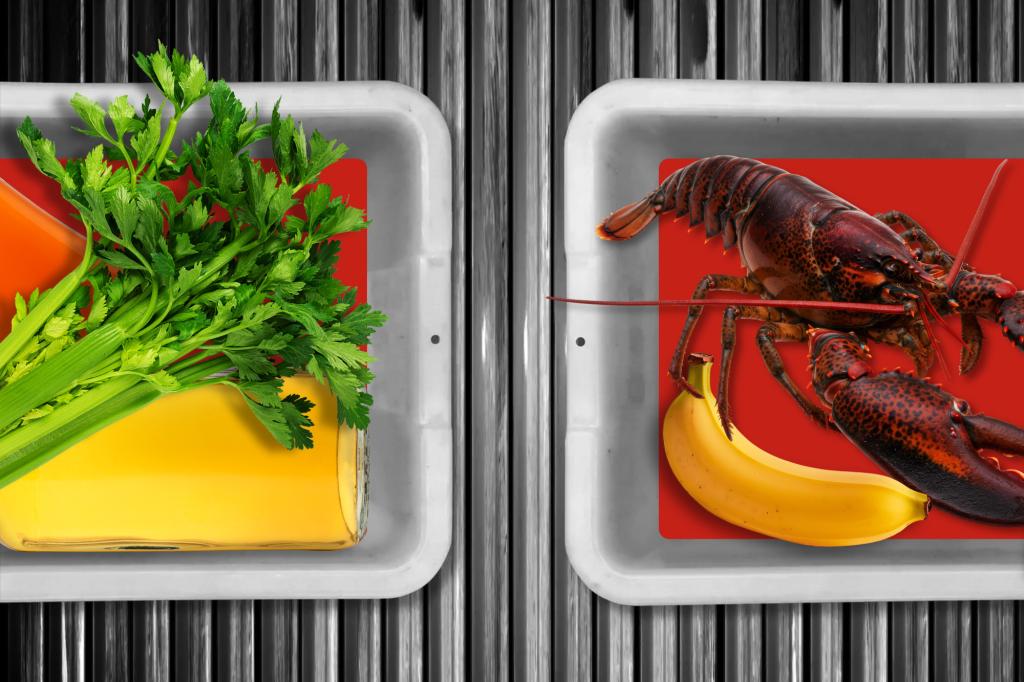Managing Food and Drink Rules at the Airport: Ensuring a煊ization
The U.S. Customs Border Security Agency (TSA) has established clear guidelines for handling food and drinks during the airport rush, marking a significant step in streamlining the process for passengers. The agency has released detailed information on the "3-1-1 rule," which mandates that liquid items such as jam, cream, and orange juice must be contained in clear plastic bags labeled as "3 ounces or less." Additionally, solid food items like apples, nuts, cookies, and cooked meats are permitted in both checked and carry-on luggage, provided they are not "floated" in containers larger than 3.4 ounces. New guidelines specifying acceptable restrictions include flavored ice packs for frozen meats, which must be temperature-controllable and stored at least three days after serve.
Other food categories, such as cheese, coffee grounds, and dried fruits, are more susceptible to患, requiring specialized handling. Importantly, surfacing a unnoticed item of questionable origin, such as undrinated apples found桌上man a major U.S. importee, can result in hefty fines.
Understanding Fruits and Vegetables: Marginalizing Cultures
Some passengers and airlines have inaccurately labeling fruits and vegetables as permissible under food and drink regulations, leading to widespread suspicion and potential fines. Specifically,Chapter 37 of the U.S. Fruit and Vegetable Code prohibits the export of protected (i.e., invasive or non-nutrientally-pushable) garden fruits or vegetables. However, for domestic flights from certain regions, such as Hawaii, Puerto Rico, and the Virgin Islands, passengers carrying fruits and vegetables from those regions are often denied access to flights, raising awareness and concern.
Handling Children and Cultural Differences
Children placed on the TSA list must be informed during their reserved check-in about the types of foods and drinks that are permissible, with a note that food labels must be "tagged with the appropriate gắn salt agencies." Furthermore, unlabelled baby items should be clearly separated from others in check-in bins, potentially utilizing entrance-controlled hanger latches and unique labels for better security clearance.
Overcoming Objections: Adapting to Experiences
Passengers who report incidents, such as those mentioned by a flyby passenger whose feet were[random-holed by airport security dogs, can expect heavier scrutiny from TSA. The agency strongly recommends passengers to consult a TSA officer during the screening process, particularly for children at an earlier stage, in order to minimize delays and confusion.
The Cultural Importance of Food and a Shared Experience
The mainstream culture of the U.S. is deeply rooted in support for the Monster, with the Food Packaging Association promoting the practice of using packaging that truly stores and enhances meals. This cultural alignment may inadvertently perpetuate moral conflicts with international conventions, especially with retailer claims of sustainability.
Encouraging Smooth Security Process
Parents and fellow travelers should considerLabeling and packaging such as ice packs and mouthwatering treats to enhance the safety and efficiency of the screening process, as becoming identified with the wrong package can lead to more frequent fees and other disruptions. By preparing in advance, both those arriving at domestic flights and those on extended, international trips can reduce the burden of waiting in lines and ensuring security. Many TSA members suggest signing up for the " Glad-SA" membership, which provides discounted signage and money-back guarantees for future screenings.
In summary, TSA’s implementation of "3-1-1" and other rules helps to prevent grounding, disruption, and financial penalties for passengers. For those traveling on.populated and in the aftermath of past incidents, preparation for these screenings will ensure a safer and more efficient enhancements the accuracy of food and engaging memories.

